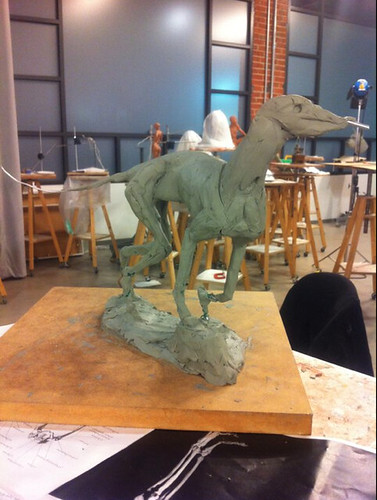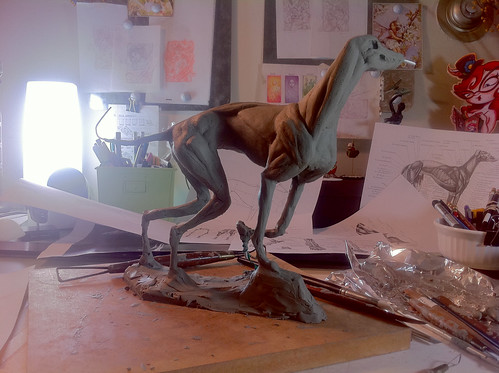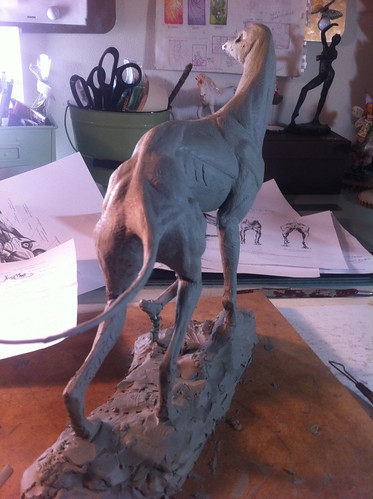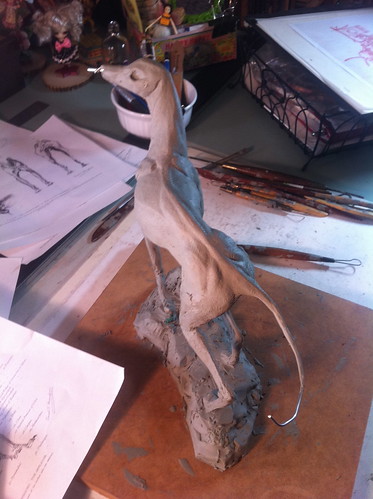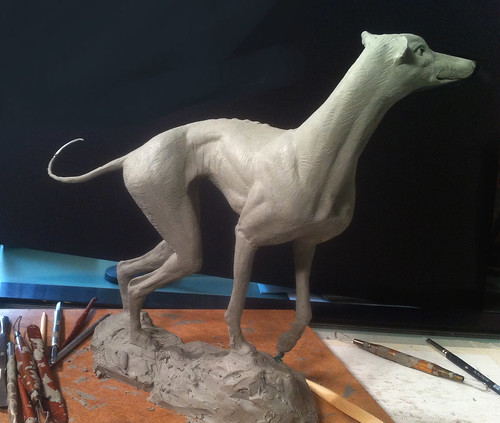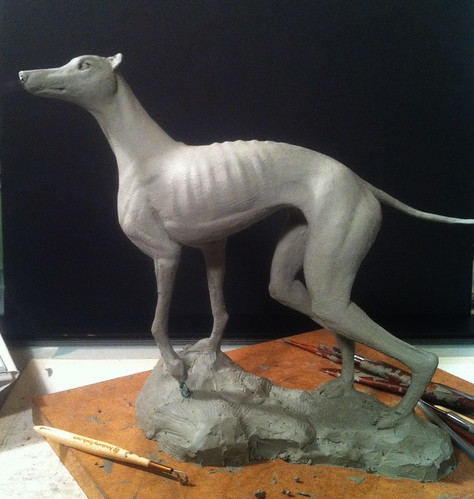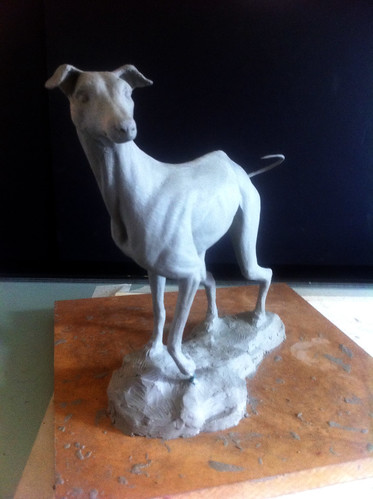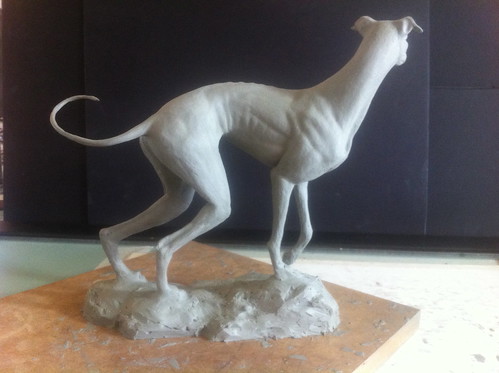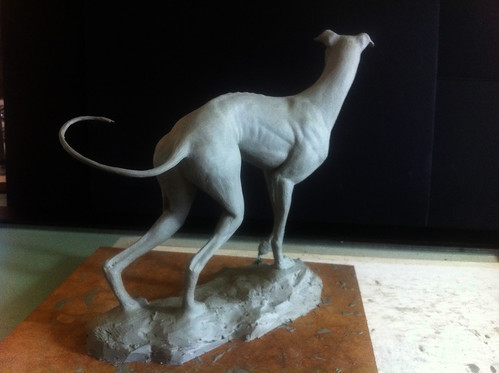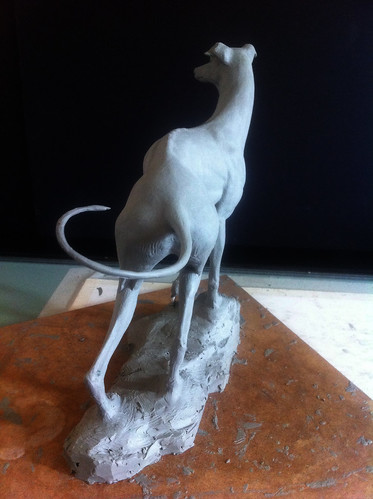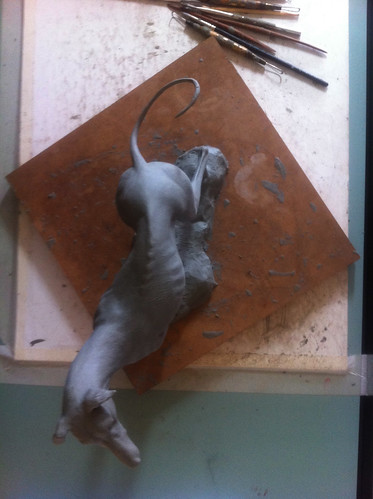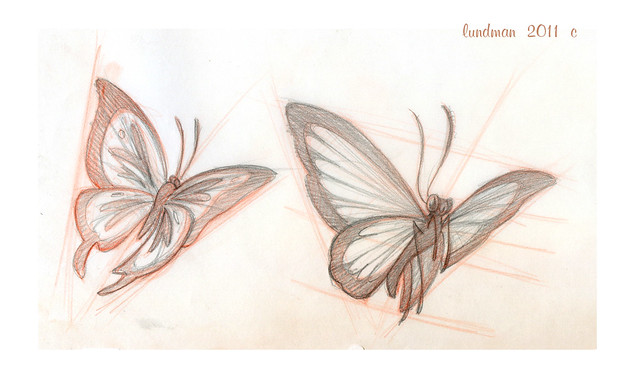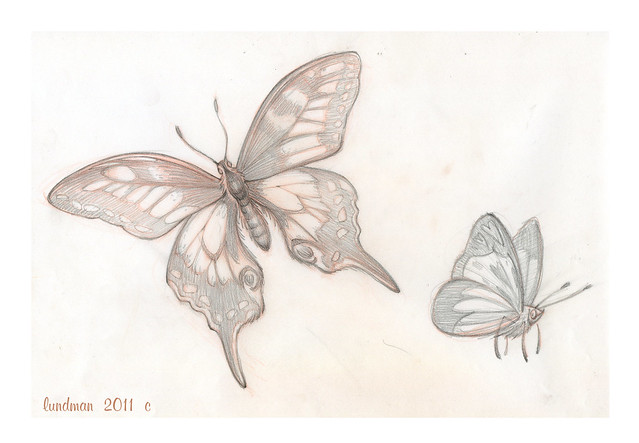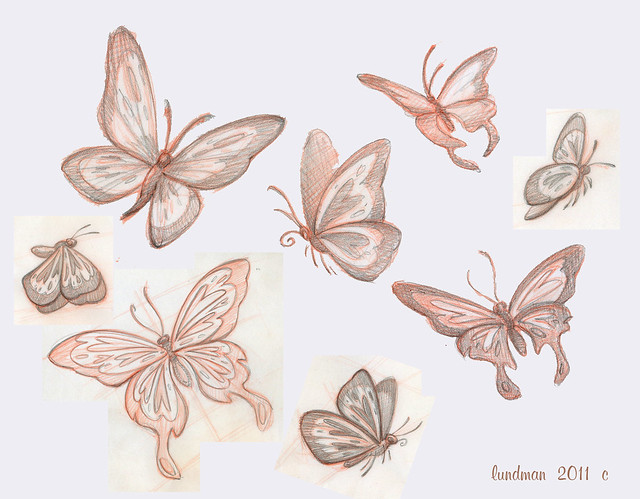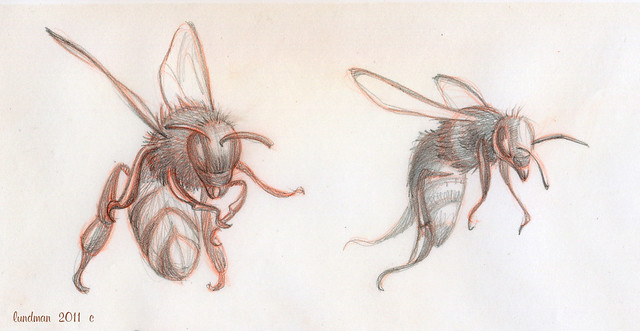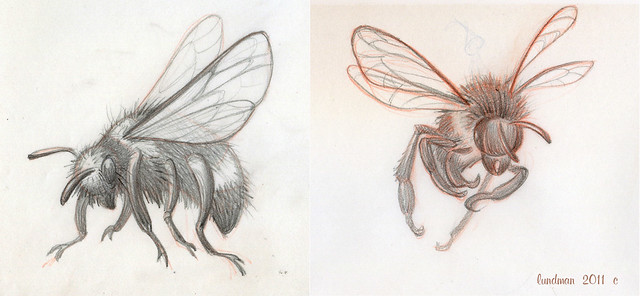Sunday is my painting day. I paint from about 10 am until 4 pm, using that time as efficiently as I can. I put on my headphones, crank up the latest history lecture I've been absorbed in, and paint. My painting space currently is one of the still life stations at Sadie Valeri's Atelier, which has excellent light and overall great art vibes. I really enjoy watching new students learn and go through similar trials and tribulations I went through as an art student. The dedication and determination is so concentrated that it permeates the air and makes me feel motivated all week long. It is an experience I feel fortunate to be a part of.

This past week I finally finished the first color pass on my latest still life painting. This pass is about establishing the main color relationships in general terms rather than details. At this point, I will go into the fine details and creating areas of focus. Below is a series of process images from the closed grisaille state into the 1st pass color stage.
The finished closed grisaille, the 2nd underpainting that establishes a full value range. Although as an alla prima painter by training I've never separated out the value stages in this way, I've found that painting the grisaille has enhanced my understanding of how deeply value relationships are tied to color.
Beginnings of the color pass. There is a subtle range of color going on in the light areas of the flowers. Instead of focusing on those colors, I've painted them pure white in this first color pass.
In this stage I am also focusing a lot on the edges of things, making edges very blurry instead of sharp in any one area.
The details on the vase are painted very softly on purpose. Later when I work on the final color pass, I will sharpen up the detail where needed, including the highlight area which falls over the flower details of the vase.
Notice how blurry the edges are all around the subject. In fact, I probably should have painted them even softer.
After the flowers and vase hues were painted, I began working on the hue shift in the background area from the bottom left up toward the top right. This is not necessarily a smooth transition in the actual set up, but an improvement in the light pattern that I felt worked better for the composition than what is actually happening in reality.
As I moved toward the butterfly and the shadow underneath it, I roughed in the color in very simple terms making sure to leave the edges extremely soft. The tricky part of this area is going to be the glittery, shimmery surface of the wings, which are feathers that have glitter applied to them. Instead of painting all of that detail, I just noted general colors and made the upper right area pure white.
The finished butterfly. I sharpened up a couple of areas in the light, but left the rest very soft.
The finished first color pass. As you can see the background gradient is still quite rough, as are patches in the vase and flowers. All of this will be addressed in the next stage as I refine the painting.
***********************************************************************
Meditations on Still Life Painting
The subject matter in my painting is a little odd, I know. When I set it up, I had been thinking about the fantastic dioramas in the Chicago Field Museum and thought I'd try recreating that feeling of an artificially arranged environment. Instead of using real flowers in my set up, I crafted paper flowers which I dipped in wax to preserve their shapes. Likewise, the feather butterfly is not a real preserved butterfly, but is instead crafted. I chose to show the way I set up the still life by including the string, clothes pin and tape so that the viewer knows this is a set up and is not real.
As a modern viewer of any still life painting, the audience knows that the subject has been set up by the artist, every detail carefully composed, including the direction of the light. We have a relationship to narrative painting that is different than it was in the past.
Dioramas from the Field Museum in Chicago. Taxidermy animals displayed in an artificial environment made to look real, depicting a certain narrative of a scene that might have occurred in real life. The images in the far background are realistically painted murals. The foliage and tree branches are silk, wood and painted plaster.

Originally, still life arrangements were not seen with the same eye as we see them now. Natural History dioramas and still life paintings were similar in that they were narrative arrangements that represented a story to the viewer about something not widely known about the world, like animals on the plains of Africa or they were representative of religious beliefs or values like in many of the Flemish still life paintings of the 16th century. Viewing these depictions in our modern era, we know more about these subjects due to availability of travel, familiarity brought to us by stories told in film, the wide use of photography in remote places, and globalization via the internet. As a result, the still life in the traditional sense now holds less importance to us as an informative vehicle than it has been in the past.


And yet, I am an artist in this modern age who has a desire to paint elaborate and narrative depictions in the still life format, creating the cart before the horse, so to speak. I wonder if in our modern era the tradition of still life painting can bring to us something of equal value or perhaps something new and different. It is a question I am thinking about a lot as I work on this painting.








































































